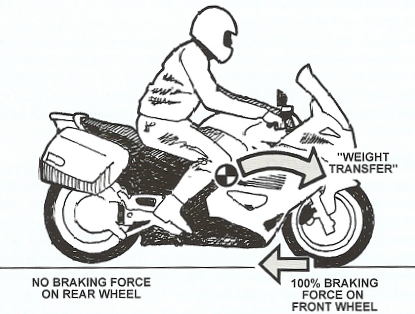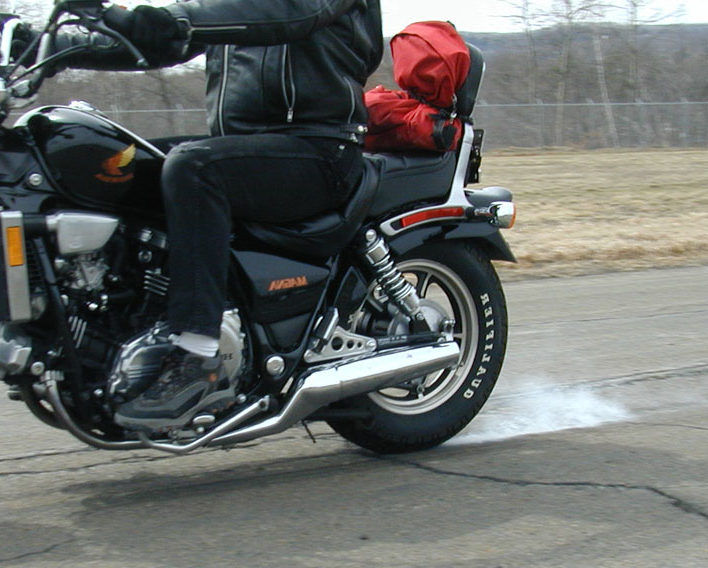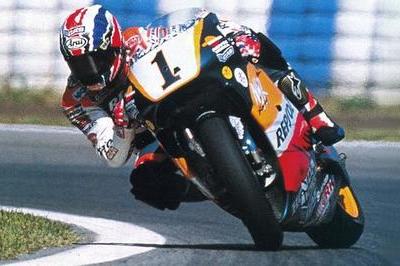A solo motorcycle crash is one of the leading causes of motorcycle accidents. These accidents are unique in that, typically, no other vehicles are involved. Oftentimes the root cause is rider error due to the fact that motorcycles are considerable more complex to operate than passenger vehicles.
Riders involved in a solo motorcycle crash typically fit one of two categories:
- Riding too fast
- Inadequate experience
The first category speaks for itself. Riding too fast for conditions reduces time and distance available to respond safely to potential hazards, such as other roadway users.
Lack of experience includes lack of appropriate training or failure to maintain training. Many riders purchase an expensive motorcycle – far too powerful and heavy for their riding abilities – and ride less than 3000 miles per year – generally in a straight line. When they are faced with a hazard, they panic and make poor choices, all too often resulting in injury or death.
Motorcycle Braking
Unlike cars, the front and rear brake systems on a motorcycle are typically independent — the front brake is operated by a lever on the right side of the handlebar, while the rear brake is operated by a foot pedal, also on the right side. As car drivers we learn that hard braking is performed by the right foot. However, doing so on a motorcycle will inevitably lead to trouble. In fact, about 70 percent of the braking power on a motorcycle comes from the front brake lever.
As front brake force increases weight transfers to the front tire, increasing the tire force acting on the road surface, which permits application of even greater front brake force.
However, sudden over-braking on the front, on a motorcycle not equipped with ABS, can produce a front-tire skid, which can cause loss of control in under one second. So, for an inexperienced rider it can be challenging to find the ‘sweet-spot’ between hard braking and over-braking on the front tire.
Whereas, utilization of the rear brake without the front brake produces only 30% braking efficiency and can cause the rear end of the motorcycle to skid and ‘fishtail’, due to the fact that there is generally less weight and a larger contact area (less pressure) on the rear tire.
Experienced motorcyclists learn to use both the front and rear brakes in unison and, together both brakes can out-perform the stopping power of most other roadway vehicles.
Motorcycle Steering
Motorcycles also differ from other vehicles in the way that they steer. In a car if you want to go right you turn the steering wheel to the right and visa versa. Whereas, on a motorcycle if you want to go right you turn the handlebar to the left. On the surface this appears to be counter-intuitive. However, due to the geometry of motorcycles, when you turn the handlebar in one direction, the bike will lean in the opposite direction. It is this lean that causes the motorcycle to turn. This phenomenon is called counter-steering.
To turn a tighter curve you simply increase the lean angle. Modern sport motorcycles are capable of lean angles up to 60 degrees, allowing motorcycle racers to turn corners at high speeds. However, most curves on public roads don’t require more than 15 degree lean angle, which is generally the comfort limit of many novice riders.



